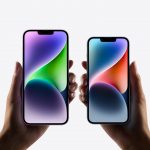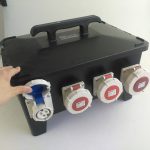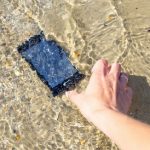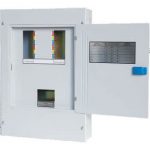The IP (Ingress Protection) enclosure system uses a 2-digit suffix to describe the degree of ingress protection for enclosures. An IP65-rated enclosure protects against low-pressure water jets from any direction, as well as condensation and water spray vs IP67 which can tolerate full water immersion for up to 30 minutes at depths between 15 cm and 1 meter. In this article, you will learn about the IP protection system, compare IP67 vs. IP65 ratings, and learn about typical IP applications.
IP Protection System
The IP rating is an international standard. It determines the degree of protection or sealing efficacy in enclosures against the infiltration of objects, water, dust, and contact. Also, it is compliant with European Standard EN 60529.
Products are noted by the initials IP (Ingress Protection), followed by two digits and an optional letter in the IP code. The two digits denote the level of intrusion protection versus solids and liquids. The optional letter notes the product’s resistance to pressure.
IP Ratings – Intrusion Protection
| Level | Intrusion Protection |
|---|---|
| X | No protection. |
| 1 | Protection from a large part of the body such as a hand (but no protection from deliberate access); from solid objects greater than 50mm in diameter. For example, accidental touch by hands. |
| 2 | Protection against fingers or other objects not greater than 80mm in length and 12mm in diameter. For example, fingers. |
| 3 | Protection from entry by tools, wires, etc, with a diameter of 2.5 mm or more. For example, tools, and wires. |
| 4 | Protection against solid objects larger than 1mm. For example, wires, nails, screws, larger insects, and other potentially invasive small objects such as tools/small, etc. |
| 5 | Partial protection against dust that may harm equipment. |
| 6 | Totally dust-tight. Full protection against dust and other particulates, including a vacuum seal, tested against continuous airflow. |
IP ratings – Moisture Protection
| Level | Moisture Protection |
|---|---|
| X | No protection. |
| 1 | Protection against vertically falling droplets, such as condensation. ensuring that no damage or interrupted functioning of components will be incurred when an item is upright. |
| 2 | Protection against water droplets deflected up to 15° from vertical |
| 3 | Protected against spray up to 60° from vertical. |
| 4 | Protected against water splashes from all directions. Tested for a minimum of 10 minutes with an oscillating spray (limited ingress permitted with no harmful effects). |
| 5 | Protection against low-pressure jets (6.3 mm) of directed water from any angle (limited ingress permitted with no harmful effects). |
| 6 | Protection against direct high-pressure jets. |
| 7 | Protection against full immersion for up to 30 minutes at depths between 15 cm and 1 meter (limited ingress permitted with no harmful effects). |
| 8 | Protection against extended immersion under higher pressure (i.e. greater depths). Precise parameters of this test will be set and advertised by the manufacturer and may include additional factors such as temperature fluctuations and flow rates, depending on equipment type. |
| 9 | (K): Protection against high-pressure, high-temperature jet sprays, wash-downs, or steam-cleaning procedures – this rating is most often seen in specific road vehicle applications (standard ISO 20653:2013 Road Vehicles – Degrees of protection). |
IP67 vs. IP65 Difference
Dust protection for IP67 vs IP65 is the same (6). The differences lie in the moisture grade number (7 vs. 5).
| Rating | Difference | Similarities |
|---|---|---|
| IP67 | Protection against full immersion for up to 30 minutes at depths between 15 cm and 1 meter (limited ingress permitted with no harmful effects). | Dust-tight. Complete protection against dust and other particulates. |
| IP65 | Protection against low-pressure jets (6.3 mm) of directed water from any angle (limited ingress permitted with no harmful effects). | Dust-tight. Complete protection against dust and other particulates. |
Common IP Applications
The universal IP rating system gives buyers confidence that they can use products in certain environments. For example, the term ‘waterproof’ doesn’t provide a clear definition of where and to what extent an item can resist moisture ingress. Therefore, an IP rating provides a far more specific account.
Protective IP cases may apply to lighting, controllers, electric instruments, power supply, industrial camera housings, desktop electronics, and measuring/control equipment, to name a few. Instrument applications such as volt-meters, digital thermometers, and flow readers are also common. Additionally, electrical motors often bear the IP designation.
IP-rated enclosures compete in the industrial market with the NEMA (National Electrical Manufacturers Association) designation.
Common IP67 Applications
An electrical enclosure has an IP67 rating if it shields the device inside from the damaging effects of dust and water. On consumer gadgets like cellphones or speakers, IP67 ratings are typical. These ratings, however, can also be helpful in industrial systems and any other situation where a device may need enhanced protection from water ingress and dust ingress.
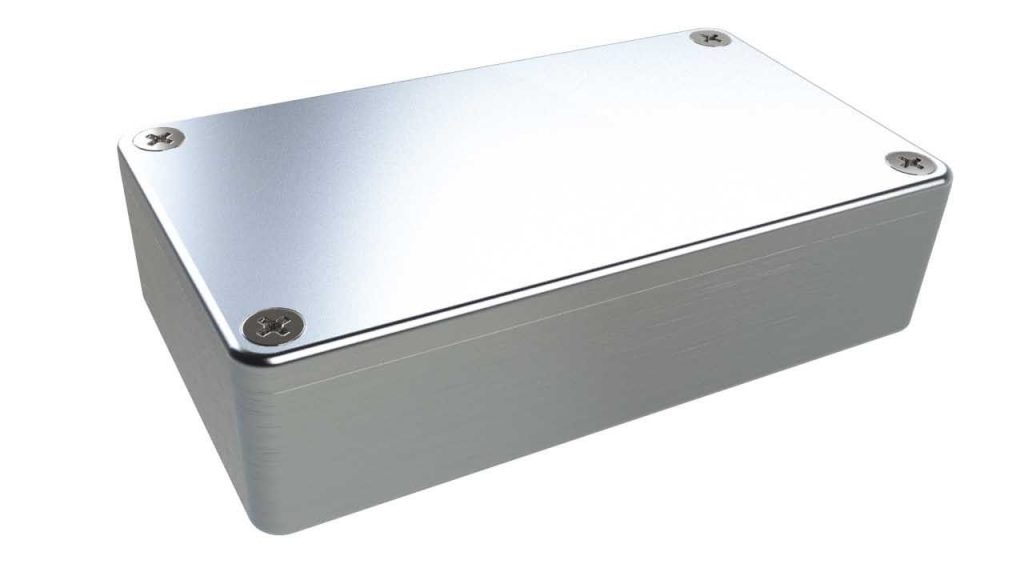
Device designers rely on IP67 enclosures to give their electrical devices one of the highest levels of water resistance and dust protection. Protection against full immersion at moderate depths is useful, particularly for consumer products such as phones which may be brought near water.
Common IP65 Applications
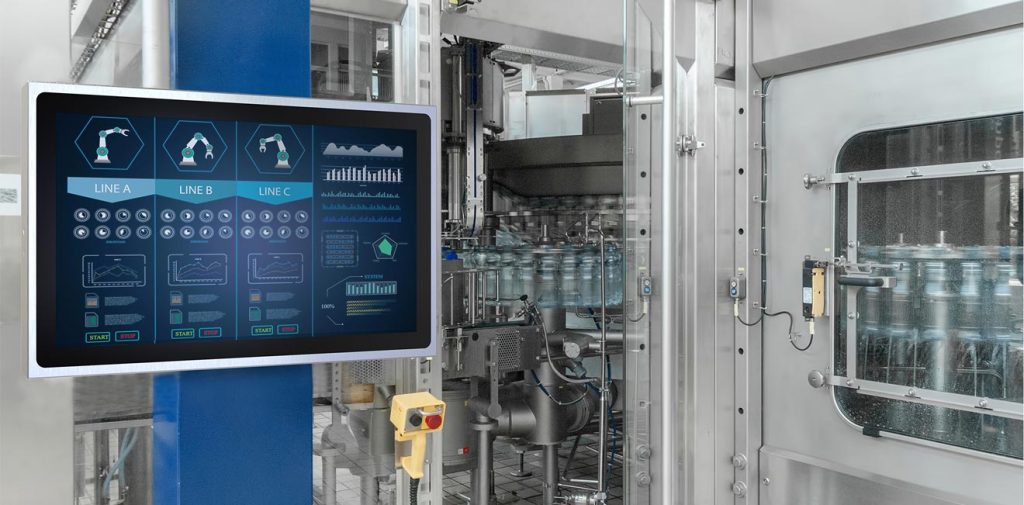
IP65 finds common use in HMIs (human machine interfaces) in industrial applications. It offers protection in wet and dusty situations, including outdoor kiosks, swimming pools, kiosks, and other applications. It is rated to IP65 and supports water and dust protection while maintaining a small and narrow bezel design.
IP67 vs IP65 – Which To Choose?
When determining the right IP rating to specify, engineers must be vigilant to consider use case scenarios to determine whether the additional waterproofing protection provided by IP67 is acceptable.
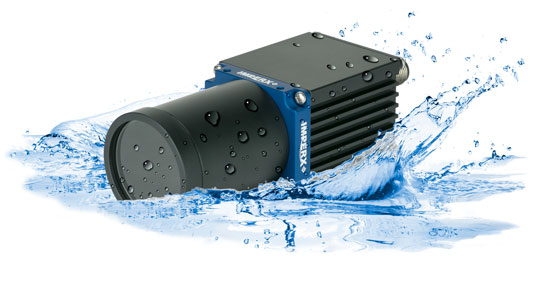
Consider a camera as an example. If you’re mounting the camera in a location where accidental immersion may occur, then IP67 likely provides a better choice than 65. For larger items such as a PC or TV, the additional protection against immersion afforded by IP67 is likely unnecessary and only adds cost.
